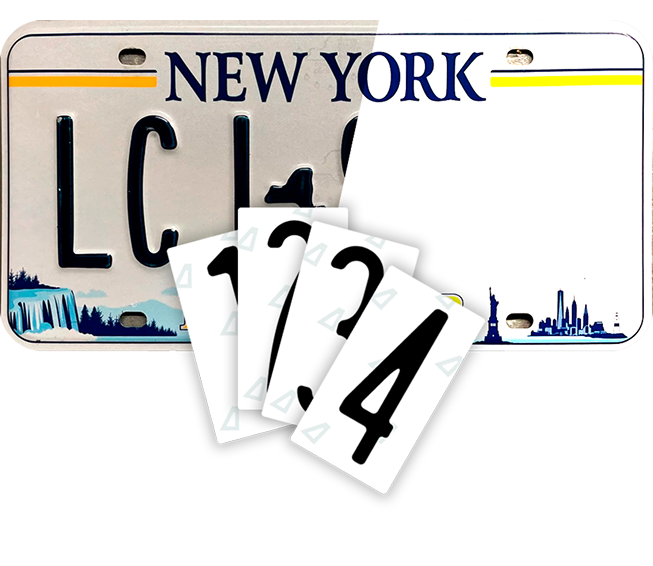Whether you're building a marketing campaign, launching a product, or optimizing your website, knowing the difference between B2B and B2C can determine whether you succeed or fail. It’s not just a label—it’s a blueprint for how you speak to your audience, structure your funnel, and define your entire customer experience.
In this guide, we break down b2b vs b2c from a real-world perspective. No fluff—just the essential differences that impact your results.

Nanofilm Ecoslick Material
Anti-radar material
test
Learn moreWhy People Confuse B2B and B2C
One of the most common early-stage business mistakes is assuming that if a product is good, it will sell the same way—no matter who the buyer is. But the truth is, what is b2c and what is b2b are fundamentally different answers.
Example: A B2B startup selling enterprise CRM tries Facebook ads with casual slogans and emoji. It fails. Meanwhile, a DTC skincare brand builds a technical landing page full of charts and business terminology—and gets zero conversions.
That’s what happens when you confuse b2c meaning with B2B logic. Your product might be solid, but the buyer’s mindset is completely different.
💡 Looking to grow with us? A Alite.cc we support both ends of the spectrum:
For businesses, we offer a flexible B2B program for bulk and wholesale partnerships.
For creators and publishers, our Affiliate Program is the perfect way to earn by promoting unique car accessories like blackout covers, Easy Click holders, and more. Explore both opportunities right on our website.

Nanofilm Ecoslick
Anti-radar stickers
test
Learn moreAudience Expectations: More Than Demographics
B2C buyers want:
- Simplicity
- Speed
- Instant gratification
- A personal connection
Their decisions are often emotional. They might buy sneakers because a celebrity wore them, or subscribe to a streaming service after one great ad.
B2B buyers want:
- ROI and performance proof
- Risk mitigation
- Professional support
- Long-term alignment
They make decisions with teams, budgets, approvals, and deadlines. They’re responsible not just for spending money, but for justifying that spend to others.
The contrast between b2b vs b2c isn’t just about who buys—it’s why they buy, how they research, and what convinces them.
 Language, Messaging, and Tone
Language, Messaging, and Tone
In b2c marketing, your voice can be fun, casual, even provocative. Think: "Ready to glow?" or "Get yours before it’s gone!" These work when selling lifestyle products or consumer goods.
But if you use that same voice to sell cybersecurity software to a Fortune 500 CIO, you’ll be ignored. B2B tone needs clarity, expertise, and confidence. Your content should say: "We’ve solved this for companies like yours—and here’s how."
That’s why what is b2c isn’t just a definition; it’s a mindset about human interaction, speed, and trust.

Alite Blackout
Stealth in a сlick
test
Learn moreFunnel Design and Sales Cycle
B2C sales funnels are linear and fast. Visitors might go from seeing an ad to completing a purchase in minutes. That’s why conversion rate, cost per click, and cart abandonment are key metrics.
B2B funnels are multi-layered. You’re not just converting traffic—you’re educating, qualifying, nurturing, demoing, negotiating, and onboarding. Sales cycles can stretch from weeks to months. That’s why you track metrics like MQLs, SQLs, CAC, and pipeline velocity.
One model depends on speed and emotion. The other depends on trust, timing, and relationships.
Customer Experience and Post-Sale Support
Here’s where many brands fail. In b2c, the experience is often transactional. If the product works and delivery is smooth, the job is done. The goal is retention through satisfaction.
But in b2b, post-sale is only the beginning. Onboarding, SLAs, dedicated support, success managers—these are essential. Because if something breaks, or the client feels undersupported, you don’t lose just one user—you lose an entire account.
Understanding b2b vs b2c also means planning for loyalty. In B2C, loyalty is brand-driven. In B2B, it’s service-driven.

Alite Nanotapes
Click and Stick
test
Learn moreContent Strategy: Education vs Emotion
B2C content is built for visibility and sharing. Viral videos, influencer collabs, catchy taglines—these work because consumers act fast and share fast.
B2B content is built for decision-making. Webinars, white papers, ROI calculators, comparison guides—this is how decision-makers research. They don’t scroll—they analyze.
If you’re in b2c marketing, focus on capturing attention. If you’re in B2B, focus on building authority and solving pain points.
What’s at Stake: Real-World Consequences of Confusion
Let’s say you're entering b2b ecommerce. You build a shop with pricing, checkout, and no consultation options. That might work for consumer goods—but B2B clients often want quotes, bulk pricing, integration, and purchase orders. You lose leads simply because your format isn’t built for how they buy.
Or vice versa—you sell gadgets to consumers but ask for email signups, send multi-week nurturing sequences, and delay pricing behind a form. You’ll confuse and lose the impulse buyer.
Knowing whether you're selling b2b or b2c affects:

Folding frame Alite Flipper
Stealth in a click
test
Learn more- Your landing page structure
- Your ad copy
- Your CRM setup
- Your sales team
- Your support workflows
This isn’t just about branding. It’s operational.
If you walk away with one insight, let it be this: b2b vs b2c isn’t about products. It’s about people—and how different they are when they buy for themselves vs when they buy for their company.
Don’t assume the same tactics apply. Don’t try to combine both unless you build separate journeys for each.
And above all—don’t copy a tone, strategy, or format from a brand that serves a different model.
Know your buyer. Respect their context. Build accordingly.
That’s the real difference between b2b and b2c success.
Check Out: What is B2B (business-to-business)?












